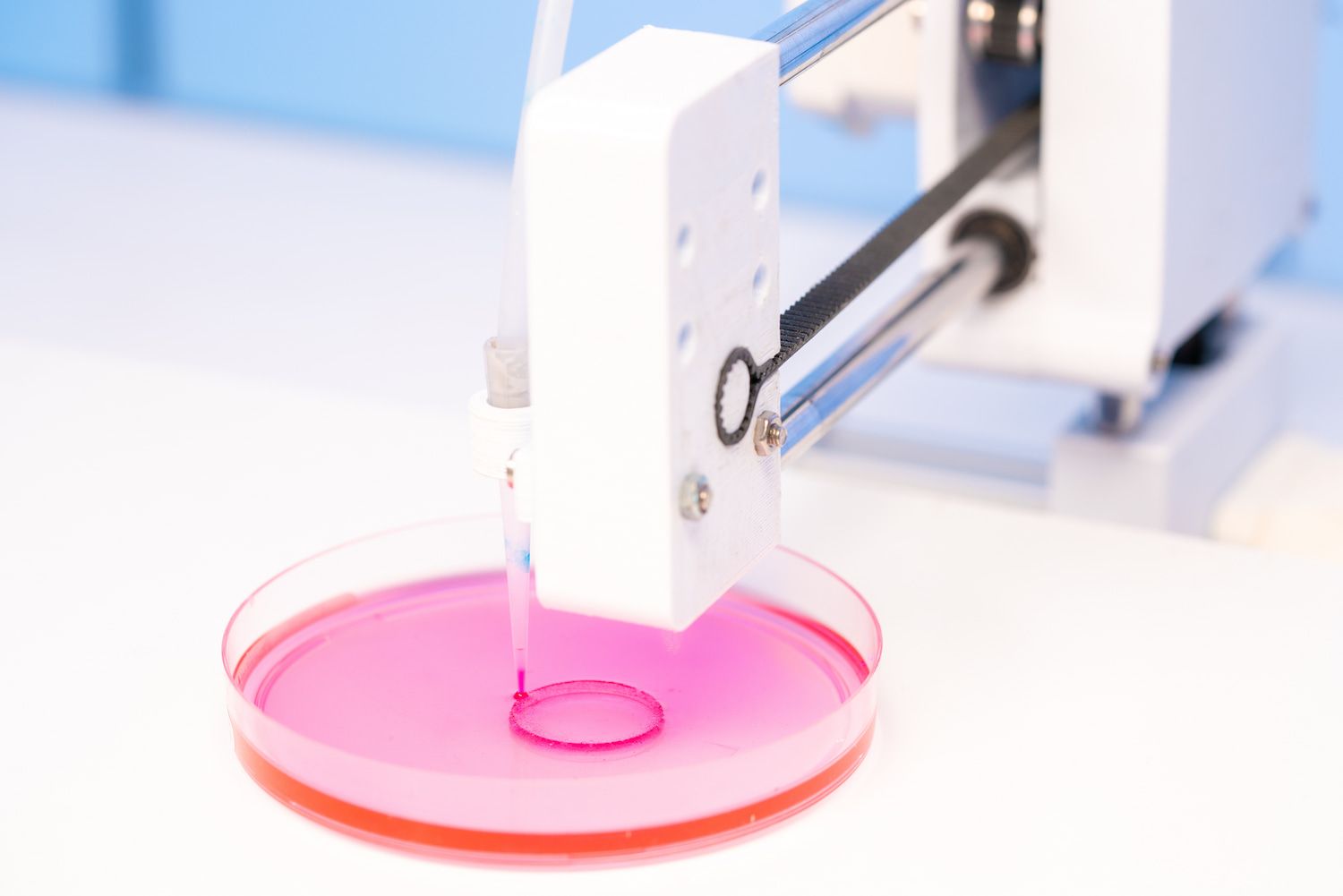
🐛 Printing electronics into living worms: A breakthrough for future medical technologies
It's possible to 3D print circuits into microscopic worms, opening up new possibilities for brain implants, medical technologies, and treating neurological conditions.
Share this story!
A groundbreaking approach to integrating electronics into living tissue has shown it's possible to 3D print circuits into microscopic worms, opening up new possibilities for brain implants, medical technologies, and treating neurological conditions.
This innovation combines the precision of laser-based 3D printing with a specially formulated ink to grow flexible, conductive wires within living organisms.
A new approach to interfacing technology and biology
Traditional methods of integrating electronics with the human body have faced numerous challenges due to the rigid nature of standard electronics and the invasive procedures required to implant them.
However, the new approach relies on laser-based 3D printing to create flexible, conductive structures inside the body, opening up possibilities for non-invasive, long-lasting, and effective connections.

Creating custom circuits in living organisms
Researchers have utilized a high-resolution Nanoscribe 3D printer to create circuits within a polymer scaffold placed on a slice of mouse brain tissue. The resulting electronic circuit effectively stimulated the mouse brain cells, demonstrating the potential for interfacing with living cells.
The team then took a step further by successfully 3D printing conductive structures inside living roundworms, C. elegans, showcasing the viability of this approach in living creatures.
Challenges and future implications
While there are still challenges to overcome, such as the movement of living tissue during the printing process and the need for further research in biomedical applications, this breakthrough paves the way for tailor-made brain-machine interfaces, neuromodulation implants, and even virtual reality systems.
Though the full realization of this technology may still be some distance away, the combination of 3D printing and flexible, biocompatible electronics is a significant step towards a seamless integration of biology and technology, with far-reaching implications for future medical advancements.
News tips: Thomas Ahlström.
By becoming a premium supporter, you help in the creation and sharing of fact-based optimistic news all over the world.


